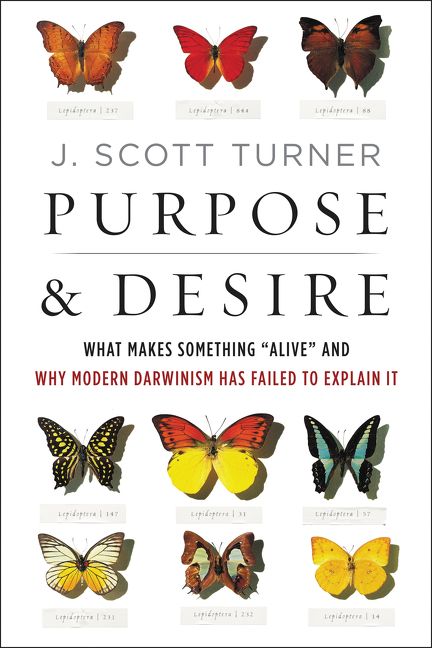
From Becky Feirrera at Motherboard:
All stories about robots are, on some level, reflections of human behavior, and Thom’s efforts to flirt like a human—borrowing overheard phrases from others to compensate for his lack of self—is familiar enough in the human dating scene. But by the end of “The Flirtbot’s Condition,” a friendly chat with some barflies seems to temporarily ground Thom in an otherwise flighty world. In exchange, the human characters are reminded that even a malfunctioning robot can stumble across poetry. More.
Isn’t the main problem that the robot doesn’t really want or need a relationship anyway?
 Reminds one of something J. Scott Turner said in Purpose and Desire:What Makes Something “Alive” and Why Modern Darwinism Has Failed to Explain It,
Reminds one of something J. Scott Turner said in Purpose and Desire:What Makes Something “Alive” and Why Modern Darwinism Has Failed to Explain It,
In a nutshell, this is where the crisis of biology looms, because our prevailing modes of thinking about life—the triumphant confluence of mechanism, materialism, and atomism that has made the twentieth century a golden age for biology—do not deal well with the concept of agency: that ineffable striving of living things to become something.</block quote>
See also: Can AI become just like us? Show this to people who are freaked out by pop science claims about AI.
Homeostasis: Life’s balancing act as a challenge to unguided evolution
J. Scott Turner in the Chronicle of Higher Education — ID is asking the right questions! (2007)